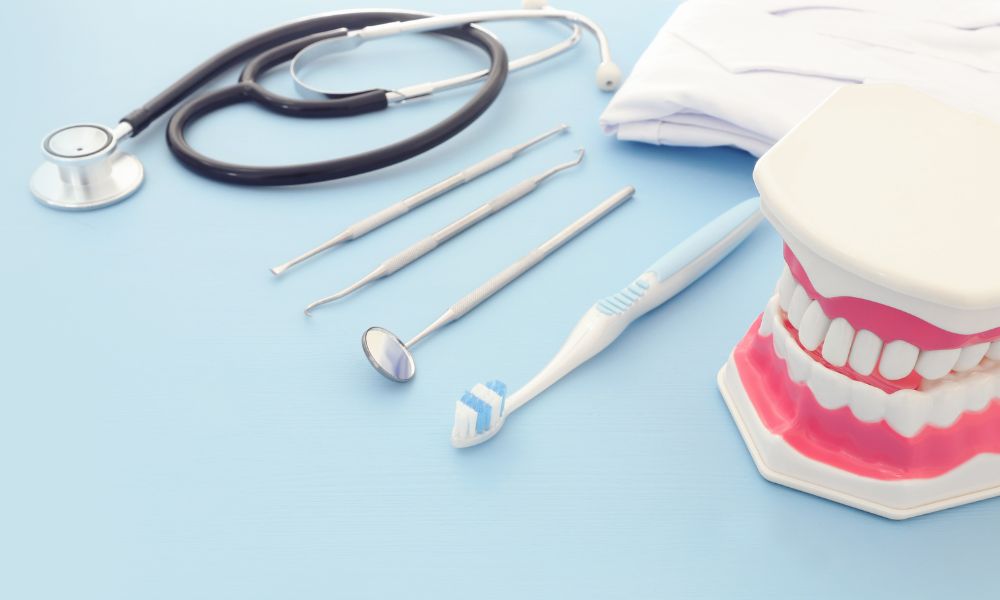
The Occupational Safety and Health Administration (OSHA) aims to establish healthy and safe workplaces. Their establishment and enforcement of standards ensure various industries, offices, and jobs follow health and safety protocols, protecting their employees from a range of potential hazards. As a healthcare provider, it’s important for dental clinics to follow numerous legal compliances and acts, including OSHA. Like many legal administrations and laws, OSHA compliance can be overwhelming at first. Here are some common questions about dental OSHA compliance most people ask.
Why Is OSHA Compliance Important for a Dental Clinic?
The US Department of Labor mandates that all worksites comply with OSHA. As a healthcare provider, it is especially important for dentists to comply. Dentists and dental clinics risk exposure to various dangers that most worksites don’t. They handle hazardous chemicals, dangerous equipment, and potential bloodborne pathogens. OSHA compliance enforces health and safety protocols that minimize those risks, creating safer and healthier working conditions.
Is There a Difference Between Dental and Medical OSHA Compliance?
OSHA compliance splits all workplaces into four main groups: general industry, construction, maritime, and agriculture. Within the four main groups are subsections of different fields with individualized standards on top of the generic OSHA protocols. OSHA does not have a specific set of rules for dentists. Instead, dental offices follow the same compliance requirements as other healthcare services, from general practices to veterinary clinics.
What’s Covered in a Dental OSHA Compliance Training?
Although OSHA doesn’t offer dental-specific regulations, Gamma Compliance Solutions provides dental clinics with a specified dental OSHA compliance manual. Along with the general OSHA compliance training topics, dental-specific manuals include relevant examples and highlight important protocols that apply to dental offices, equipment, and procedures. Some of the dental compliance topics include:
• OSHA updates
• OSHA overview
• Record-keeping protocols
• Bloodborne Pathogen Standard
• Chemical hazard communication
• Fire safety and emergency response
• Ionizing radiation
Training also covers different hazard action plans, like fire prevention and bloodborne pathogen exposure control plans, mandated forms and logs, labels, and hazard signs.
How Do Dental Clinics Become OSHA Compliant?
There are three major steps to OSHA compliance: training, documentation, and maintenance. All employees must undergo OSHA training, even if they do not handle equipment or dental procedures directly. Workplace hazards also include violence, harassment, and unfair treatment, which all employees are at risk of, making OSHA compliance mandatory for everyone at the workplace. In addition to training, the practice must maintain the required compliance documentation including policies and forms. After a good compliance baseline is established, maintenance is crucial. Keeping your OSHA training and documentation up to date will help you ensure you don’t miss any important regulatory changes.
As with any legal act and regulation, there are many more questions about dental OSHA compliance. However, these four questions cover the basics and further explain the importance of OSHA compliance.
